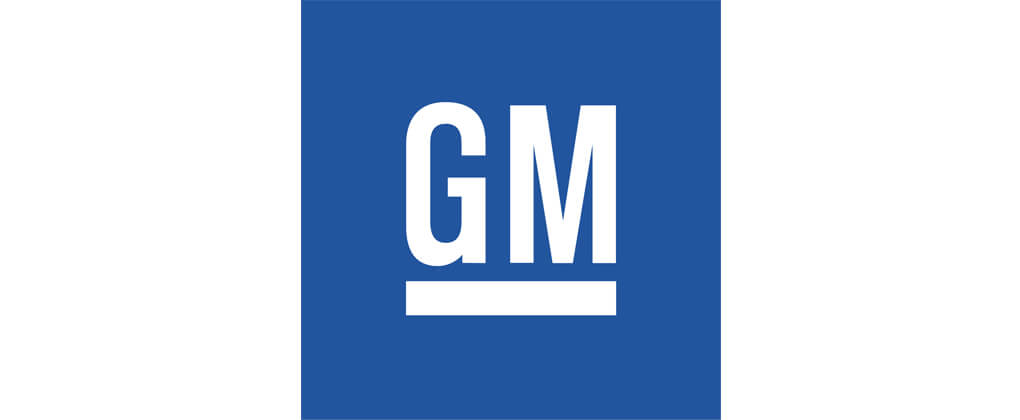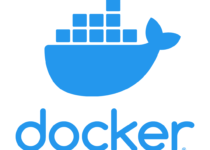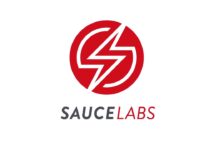Caterpillar Competitors In 2023
Caterpillar (CAT) is an American manufacturing company that produces mining and construction equipment, industrial gas turbines, natural gas and diesel engines, and diesel-electric locomotives. It is the largest construction equipment manufacturer in the world. The company also offers CAT-branded merchandise besides financial and insurance products handled by its dealer networks. It is headquartered in Deerfield, Illinois. CAT was founded in 1925 as Caterpillar Tractor Company after a merger between C. L. Best Tractor Company and Holt Manufacturing Company. Military production contracts during World War II and a number of major acquisitions helped the company grow its initial years. As of 2019, it had 102,300 employees and a revenue turnover of $53.8 billion.
| NAME | Caterpillar Inc. |
| FOUNDED | 1925 |
| HEADQUARTERS | Deerfield, Illinois |
| SIC CODE | 3531 |
| STATUS | Public |
| INDUSTRY SECTOR | Construction & Mining Machinery |
| EMPLOYEES | 102,300 |
| TRADING SYMBOL | NYSE: CAT |
Caterpillar similar companies:
Terex, Deere & Company, Volvo CE, Komatsu, JCB, SANY, Liebherr Group, XCMG, Hitachi, and Yanmar.
How Caterpillar Makes Money
Caterpillar is a leading manufacturer of heavy machinery. This includes mining and construction equipment, engines, diesel-electric locomotives, and industrial gas turbines. The company earns revenue from the following business segments;
Construction Industries
In this segment, the company manufactures and sells machinery used in the building and infrastructure construction industry. Some of the products made by Caterpillar in this segment include motor graders, excavators, track-type tractors, and different types of loaders such as wheel loaders and backhoe loaders.
Resource Industries
The company also manufactures quarrying and mining equipment. They include wheel loaders, articulated trucks, drills, hydraulic shovels, rope shovels, draglines, underground mining equipment, large mining trucks, and large track-type tractors. The revenue it earns from these products is categorized under the Resource Industries segment.
Energy & Transportation
Under this segment, Caterpillar produces machinery intended for industries such as power generation, oil and gas, and transportation including road, rail, and marine. Products in this segment include turbines, engines, diesel-electric locomotives, and related parts.
Financial Products Segment
Besides the heavy machinery, Caterpillar also provides its customers and dealers with financing solutions to enable the purchase or leasing of Caterpillar or other equipment. It also finances Caterpillar sales to dealers. These financing services include wholesale financing plans, working capital loans, installment sale contracts, and finance and operating leases. In addition to the financing services, the company also provides insurance solutions to dealers and customers for the purchase or leasing of its equipment.
Besides the four business segments, Caterpillar also remanufactures its components and engines besides offering remanufacturing services to other companies as well.
Terex
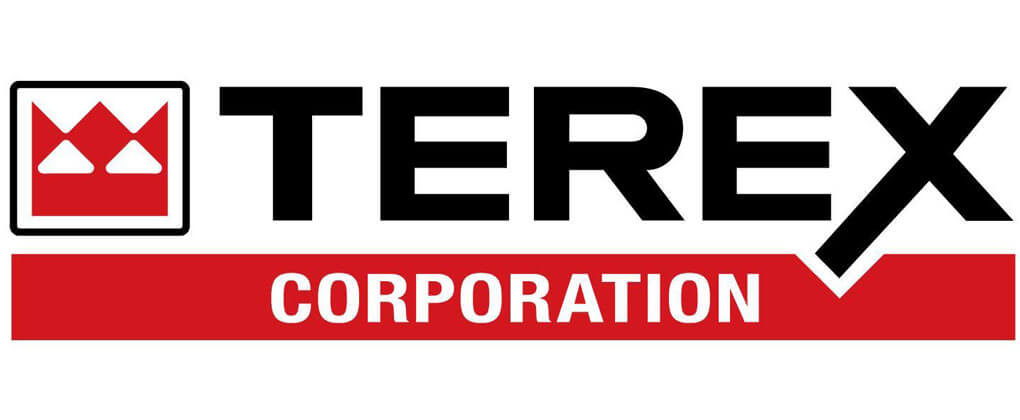
The Armington brothers founded the Euclid Company in 1933 to design and build haul trucks. General Motors acquired the company in 1953 as its division for the production of large equipment including off-highway dump trucks. The division performed extremely well which led to the Department of Justice filing an antitrust suit against GM. As a result, GM was forced to divest the division’s brand name and parts of its business. In 1970, GM renamed the division Terex with its core business being the production of construction equipment such as scrapers, crawlers, and front-end loaders and trucks.
Terex was eventually sold off to Northwest Engineering and later rebranded to Terex Corporation. In 1993, the company moved to its current Westport, Connecticut, headquarters. As of 2019, the company had 9,500 employees and a revenue turnover of $4.35 billion.
At the start, Terex (then Euclid Company) sold half of the off-highway dump trucks that were used in the US. Then it became a victim of its own success. It had to scale down and GM later sold it during the great recession to IBH Holdings which went bankrupt in 1983. It went back to GM before being sold off again. Meanwhile, Caterpillar was winning military contracts and reinventing itself post-war. That’s one of the reasons why its revenue is more than ten times what Terex made in the past year.
Deere & Company
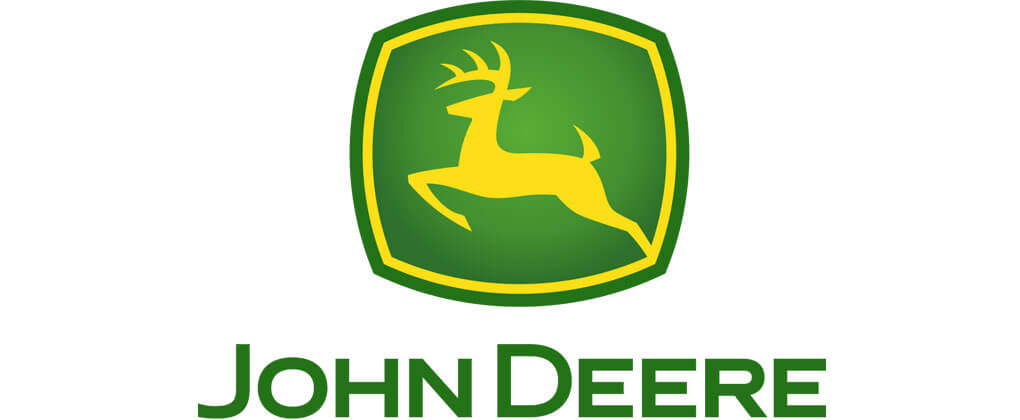
Deere & Company (brand name John Deere) was founded in 1836 in Grand Detour Illinois, by John Deere. In 1842, he partnered with Leonard Andrus to build a factory named L. Andrus Plough Manufacturer. The partnership ended in 1848 and Deere formed Deere, Tate & Gould Company with Robert Tate and John Gould after moving to Moline, Illinois. In 1853, Deere bought out his partners’ stakes in the company and rebranded to Deere & Company in 1858 after reorganizing due to the financial recession. Charles Deere took over the running of the company. Deere & Company has grown into one of the top manufacturers of agricultural, forestry, and construction machinery. Its revenue for 2019 was $39.25 billion. The company employs 73,500 people.
John Deere and Caterpillar are two of the world’s largest heavy equipment manufacturers. But while Caterpillar’s primary focus is on the construction industry, John Deere mainly offers agricultural machinery. Caterpillar posted better revenues than John Deere mainly because the demand for power generating products increased and metal and energy prices maintained a positive outlook. Caterpillar’s energy segment accounted for the most revenue in the past year.
Volvo CE
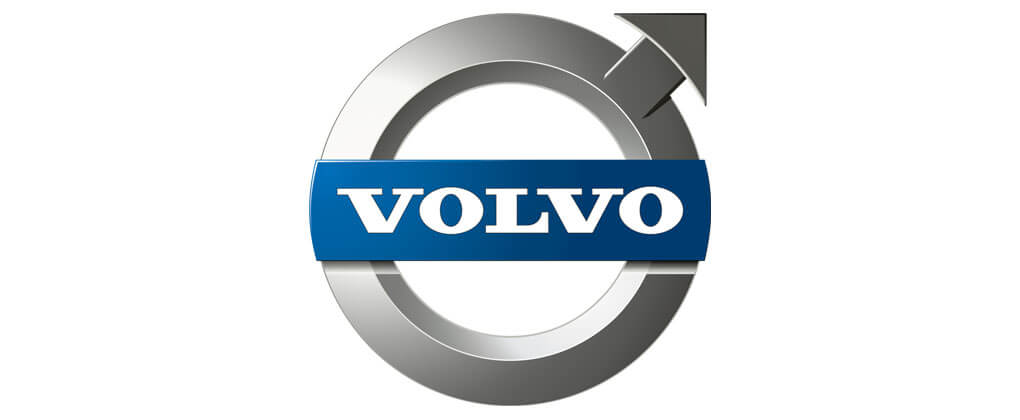
Volvo Construction Equipment (Volvo CE) is one of the leading producers of wheel loaders and articulated haulers in the world. The company is among the pioneers of compact construction equipment, excavation equipment, and road development machinery. A subsidiary company of the Volvo Group, Volvo CE was founded in 1832 by Johan Munktell. It was initially based in Eskilstuna before moving to its current Gothenburg headquarters. Today, the company operates in around 145 countries globally with 14,400 employees. Its revenue for 2019 was $9.2 billion.
Caterpillar beats Volvo CE hands down when it comes to revenue and brand recognition for heavy machinery. But Volvo CE is not taking that lying down. Instead, it is taking the fight to Caterpillar’s backyard. In 2017, Volvo CE announced a three-year plan to set up about five locations in Illinois. The company named Alta Equipment Company as its exclusive dealer in central and northern Illinois.
Komatsu
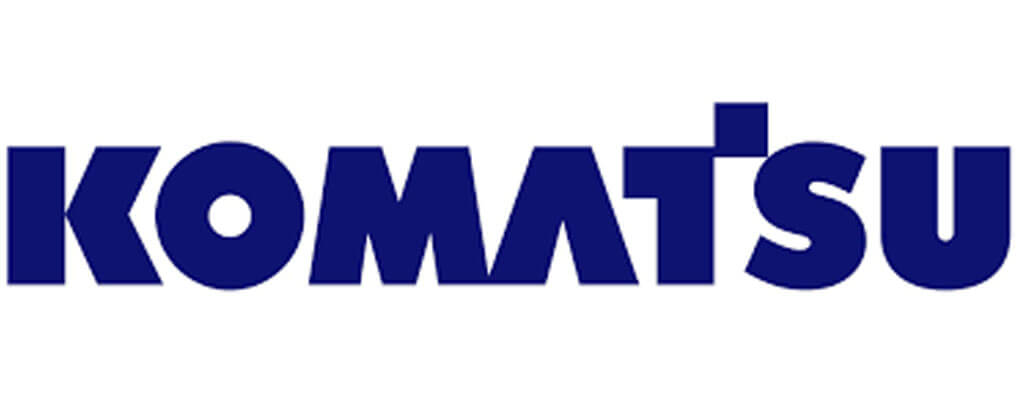
Komatsu Ltd. was established in 1921 after Takeuchi Mining Industry spun off its subsidiary Komatsu Iron Works. The subsidiary had been formed in 1917 to produce mining equipment and machine tools for Takeuchi’s in-house use. Today, it is the second-largest producer of construction and mining equipment in the world. Komatsu also manufactures military, mining, forestry, and industrial equipment. Its revenue for the past year was $24.52 billion. The company has 61,908 people in its workforce.
Komatsu comes a distant second after Caterpillar in the heavy machinery industry. Its revenue in 2019 is almost half of what Caterpillar made. But in some areas such as Japan and China, Komatsu has a larger market share than Caterpillar. Well, we really didn’t expect it to be outclassed in its backyard too.
JCB
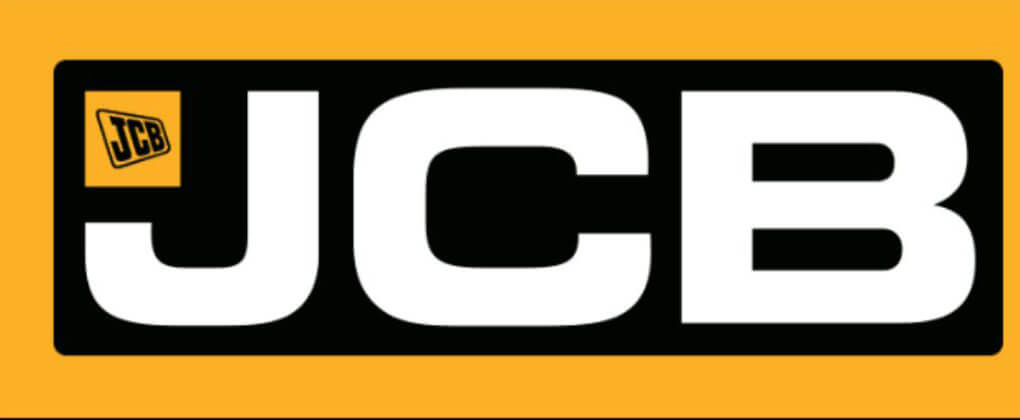
JCB produces over 300 types of agricultural, construction, demolition, and waste handling equipment for markets in South America, North America, Asia, Africa, and Europe. It also makes military vehicles, buses, and rugged phones for construction personnel. Headquartered in Rocester, United Kingdom, the company operates 22 factories across the world and sells its products in more than 150 countries. JCB was founded by Joseph Cyril Bamford in 1945 as Joseph Cyril Bamford Excavators Ltd. It is still privately owned by the family. Its revenue for 2019 was $5.18 billion. JCB employs around 11,000 people.
The company has experienced steady growth over the years. The fact that it is privately owned means it can be ambitious with its growth strategy and take risks without worrying about anxious investors. Back home in Britain, JCB is seen as the hallmark of the UK’s growing manufacturing industry, especially for construction equipment. But on the global stage, it walks in the shadows of the giant that is Caterpillar.
SANY
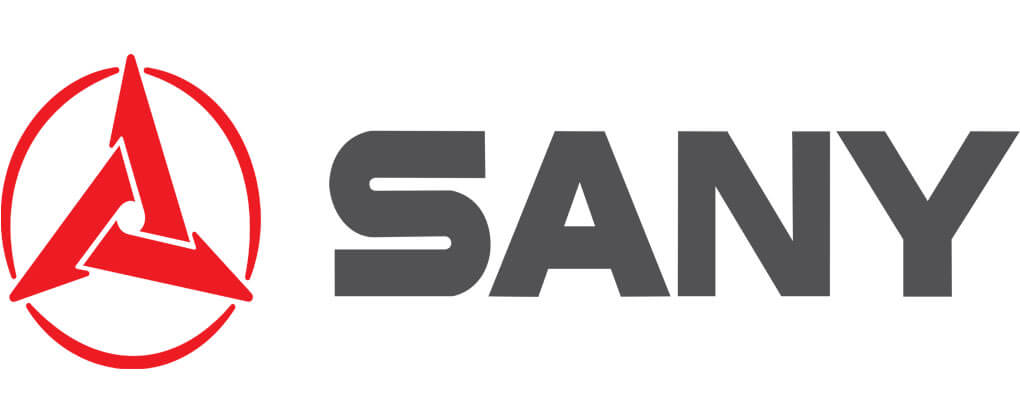
Headquartered in Changsha, Hunan, SANY operates 25 manufacturing and more than 100 offices around the world. The company manufactures heavy machinery such as excavators, concrete machinery, cranes, and wind turbines among other road, piling, port, mining, and petroleum drilling machinery. These products are sold in 150 countries globally. SANY is reputed as having the world’s largest excavators assembly-line production base. Its revenue for 2019 was $10.69 billion with 18,450 employees. The company was founded in 1986 as Hunan Lianyuan Welding Material Factory by Yuan Jinhua, Mao Zhongwu, Tang Xiuguo, and Liang Wengen.
Despite its revenues being five times lower than that of Caterpillar, SANY believes that it can overtake Caterpillar as the world’s largest heavy machinery manufacturer. Since 2014, the two companies have been fighting over who controls the biggest market share in China, the world’s largest market for construction equipment. 52% of Caterpillar’s revenue in 2019 came from markets outside of the United States.
Liebherr Group
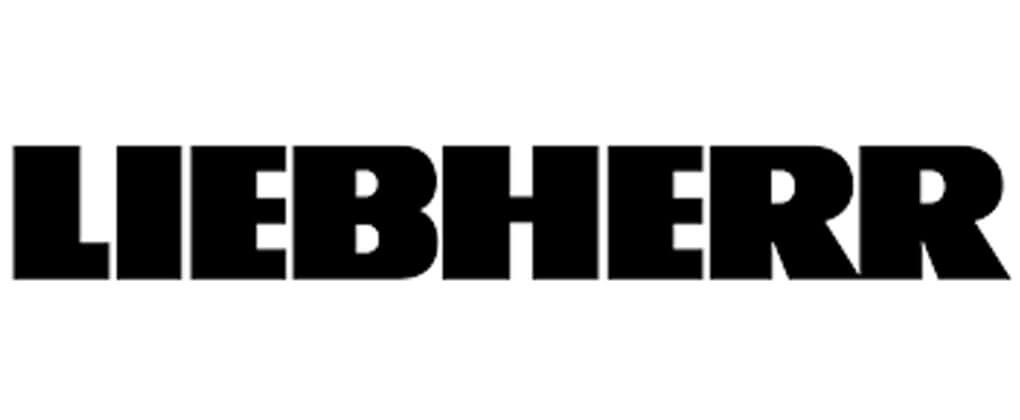
Founded in Germany by Hans Liebherr in 1949, Liebherr Group operates 130 subsidiary companies that are organized into 11 separate divisions. These include construction machines, mining equipment, and cranes. Liebherr Group is one of the largest crane companies in the world. The company is currently headquartered in Bulle, Switzerland. Its revenue for 2019 was $11.8 billion. It has 48,049 people in its workforce.
Liebherr Groups controls about 50% of the world’s crane market. But that’s where it’s market dominance in the heavy machinery industry ends. Overall, Caterpillar takes the day with about five times the revenue Liebherr made in the past year.
XCMG
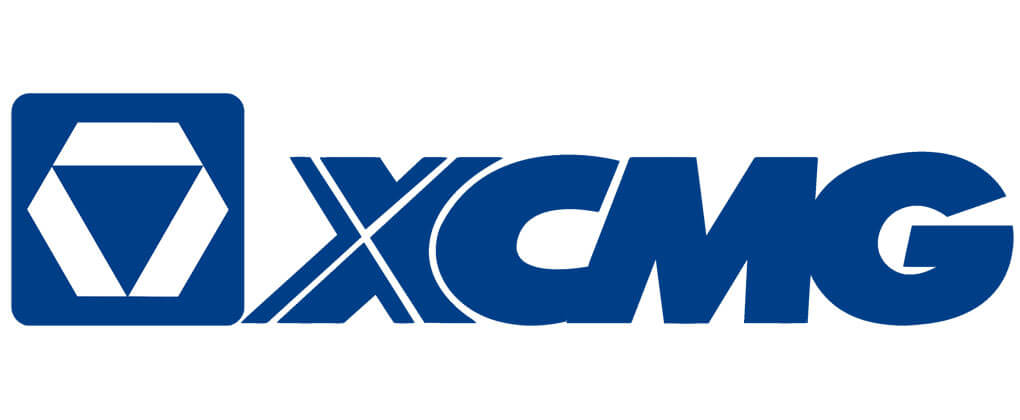
Founded in 1943, Xuzhou Construction Machinery Group Ltd. (XCMG) has grown into one of the largest heavy machinery manufacturers in China. Currently, it is the sixth-largest manufacturer of heavy machinery in the world. XCMG specializes in manufacturing earthmoving, hoisting, Piling&Drilling, road, and aerial working machinery. It also makes trucks & special-purpose vehicles. The company is headquartered in Xuzhou, Jiangsu. As of 2019, XCMG had 14,449 employees globally. It posted $1.4 billion in revenues.
Even in its backyard, XCMG plays second fiddle to SANY. XCMG has had a steady growth in the past few years. But it should first take on its biggest rival at home before attempting to take on Caterpillar on the global stage.
Hitachi
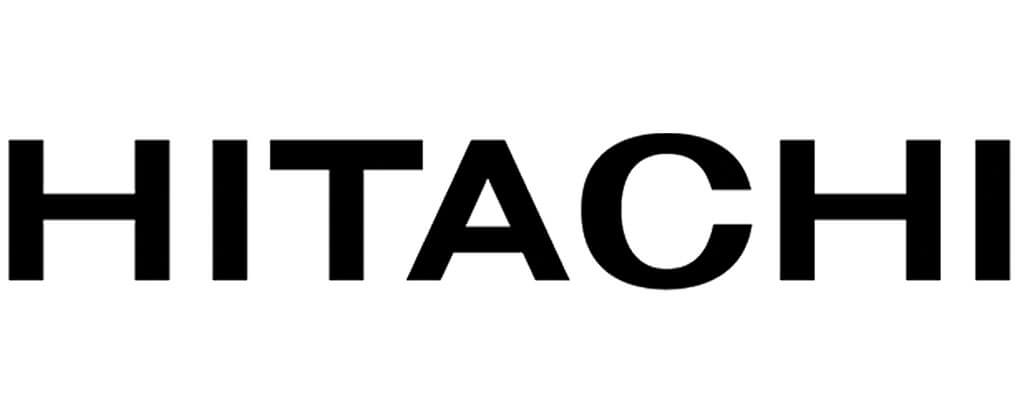
Hitachi Ltd. was founded in 1910. Headquartered in Tokyo, Japan, Hitachi Ltd. acts the parent company for Hitachi Group and operates in 11 business segments including construction machinery. Some of the construction machinery the company produces include mini excavators, mini wheel loaders, hydraulic excavators, road construction machinery, and rigid dump trucks among others. Hitachi’s revenue for 2019 was $85.4 billion. The company employs 307,275 people.
In terms of revenue, Hitachi is way ahead of Caterpillar. But that’s because the company has a diverse portfolio of products that go beyond the construction machinery industry. In the construction machinery segment, Hitachi made only $10.13 billion in revenues.
Yanmar
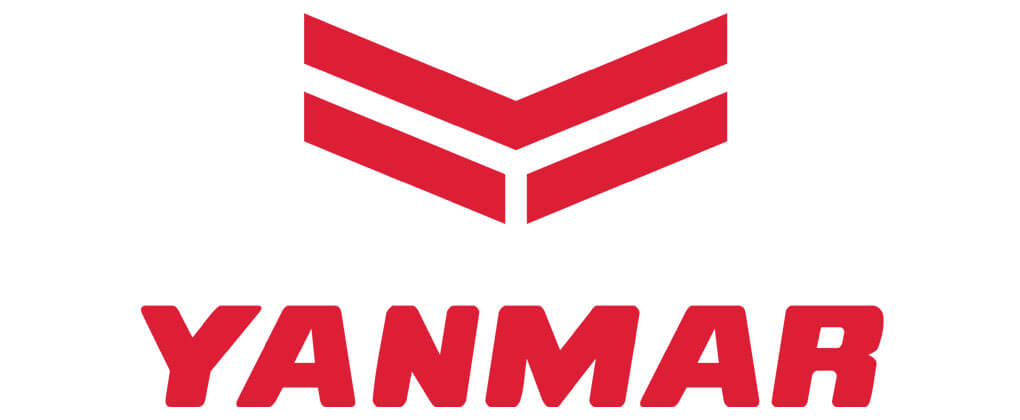
Yanmar was founded in 1912 as Yamaoka Hatsudoki Kosakusho for the production of gas engines. In 1921, the company was renamed Yanmar. Besides engines, the company today also produces construction and agricultural equipment. Headquartered in Tokyo, the company posted $7.38 billion in revenues in the past year. Yanmar has 20,135 employees around the world.
Yanmar is one of the most reputed manufacturers of engines globally. The company even develops the engines used in John Deere tractors. But its efforts in the construction machinery sector is not enough to unseat Caterpillar from the thone.
Conclusion
The top 10 Caterpillar competitors are: Terex, Deere & Company, Volvo CE, Komatsu, JCB, SANY, Liebherr Group, XCMG, Hitachi, and Yanmar. Together, they had a revenue turnover of $123.9 billion. Their total number of employees was 578,666. John Deere is Caterpillar’s biggest competitor.
Competitors Stats
| NAME | FOUNDED | HEADQUARTERS | EMPLOYEES |
| Terex | 1933 | Westport, Connecticut | 9,500 |
| Deere & Company | 1836 | Moline, Illinois | 73,500 |
| Volvo CE | 1832 | Gothenburg, Sweden | 14,400 |
| Komatsu | 1921 | Tokyo, Japan | 61,908 |
| JCB | 1945 | Rocester, UK | 11,000 |
| SANY | 1986 | Changsha, Hunan | 18,450 |
| Liebherr Group | 1949 | Bulle, Switzerland | 48,049 |
| XCMG | 1943 | Xuzhou, Jiangsu | 14,449 |
| Hitachi | 1910 | Tokyo, Japan | 307,275 |
| Yanmar | 1912 | Tokyo, Japan | 20,135 |
